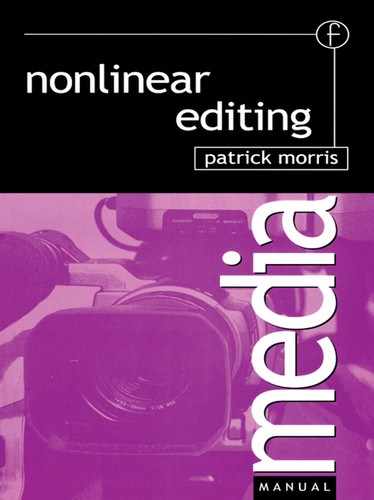Chapter 10
The future
There seems little doubt that digital is here to stay. For broadcasters, this means that the complete chain of acquisition, post-production and transmission will become wholly digital. To some this is the ultimate panacea.
Digital technology is getting cheaper and the quality can be superb, which is fine if everybody uses the same digital encoding systems. However, the nature of the market is such that many different systems will be deployed. The result will inevitably be some confusion.
Digital transmission systems can offer new opportunities. Widescreen transmission is a case in point, coupled with high definition television. This will reduce many existing on-line nonlinear systems to no more than off-line editing systems. While some desktop products are available that offer full uncompressed editing of broadcast images, they are incapable of meeting the data transfer rate required for HDTV. This in itself is not a major restriction as off-line editing has proved to be acceptable as a cost-effective and creative environment for both film and television.
Post-production technology is racing ahead. Many of the criticisms of the existing technology are now being addressed. Both Sony and Panasonic have technologies that support faster than real-time capture of rushes. The existing technology offers up to four times real time. This means a tape with one hour of rushes only takes 15 minutes to be copied to a hard disk drive. It is possible that advances in technology will allow even faster capture rates.
While the above are exciting developments, the greatest development will be the introduction of large server systems which allow many users to access and use the same material simultaneously. Small systems are currently available but it will not be long before all rushes are transferred direct to a server with many users having direct access to all material. Added to this will be the transfer of existing libraries to the server for archive retrieval. Such systems are already beginning to appear, mainly in broadcast newsrooms. It seems likely that as they are developed and proven to be reliable they will become a dominant feature in most broadcasting environments.
While some uncertainty may exist in terms of the precise details of how technology will develop, what is quite clear is that the need for editing will increase – as more and more delivery systems develop, the need for well-edited content will inevitably increase. As the power of desktop nonlinear systems develops so the skill level of its users will also increase.
